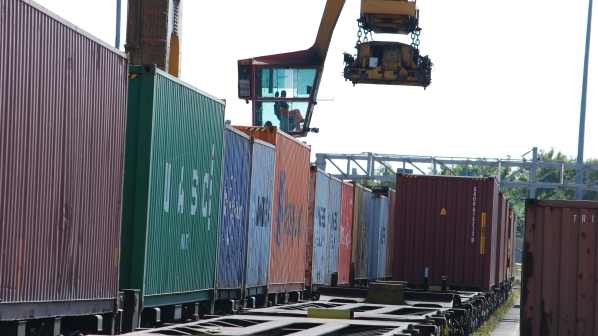The plan, unveiled on March 15, sets out what is required to support rail freight growth while also aiming for improvements to the average speed and reliability of freight services.
The plan sets out four actions for growth, aligned to workstreams, covering areas that the industry believes collectively requires improvement, including:
- encouraging customer confidence
- developing growth
- doing things differently, and
- achieving simpler solutions.
NR says rail freight boosts productivity and generates around £200m in benefits to Scotland’s economy.
As rail freight is also more environmentally friendly than road transport, the rail freight industry has committed to work in partnership to transfer at least 1700 lorry movements a year from Scotland’s road network to rail over the next five years. Each tonne of freight transported by rail reduces carbon emissions by 7% compared with road and each freight train removes between 25 and 62 heavy goods vehicles from Scottish roads.
“There are individual businesses and whole industry sectors which could benefit hugely from making rail freight part of their logistics mix and we will be working hard to encourage them onto our network,” says ScotRail Alliance managing director, Mr Alex Hynes. “We are also committed to making rail freight as fast and reliable as it can be and are investing in our infrastructure to make switching from road to rail as easy as possible for customers.”
“Our freight customers are a vital part of Scotland’s railways and the Scottish economy,” says NR managing director of Freight and National Passenger Operators, Mr Paul McMahon. “Scottish growth also needs to be considered as part of our British-wide network as this will make sure that the required capacity and capability exists both north and south of the border.”

